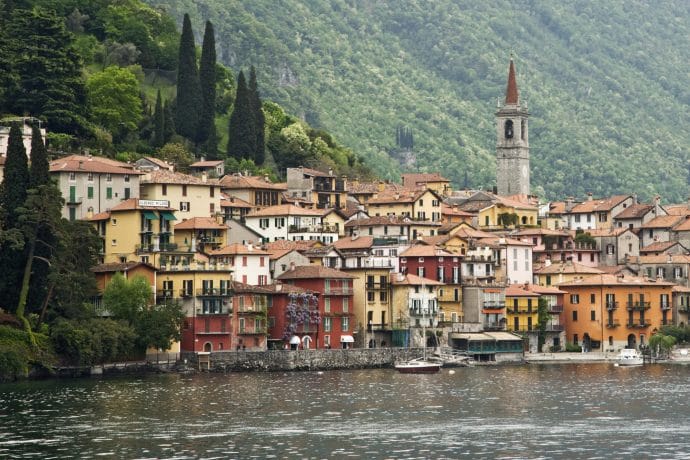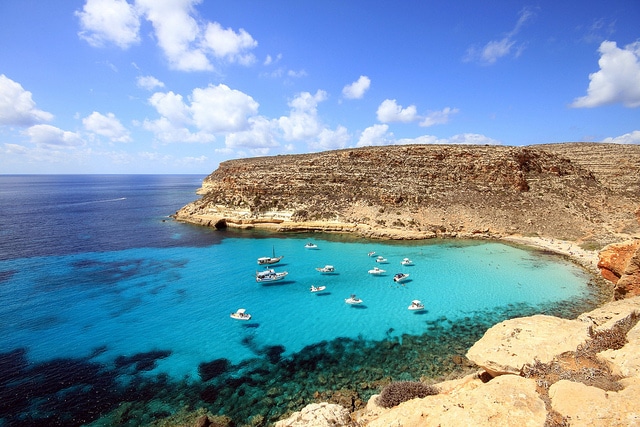Il Buco delle Traversette (le Pertuis du Viso in French) is a gallery excavated in the rock in 1480 and about 75 feet long that connects Italy with France through Crissolo and Ristolas. This tunnel is one of the oldest works of civil engineering performed in high mountain; it is located in Piemonte, in the province of Cuneo, on the slopes of Mount Barn in the hillside that separates Po valley and French Queyras with a height of 2882 meters.
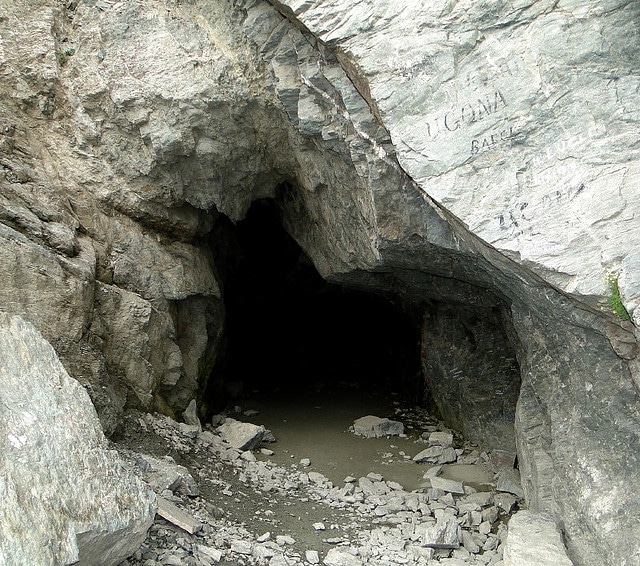
The realization of this work starts from the will of its promoter, the Marquis of Saluzzo, Ludovico II Del Vasto, hostile to the Savoia, who reached an agreement with the King of Naples, the vassal of the French King Louis XI. The target of this tunnel was to increase commercial traffic allowing an easier access to the caravans that had to cross the Alps barrier, which with the first snowfall became impracticable.
Excavation work began in the summer of 1479, and were interrupted during winter owing to snow, being completed on summer of 1480 at a cost of 12,000 guilders at the time.
Marquisate’s exports included wine, rice and walnut oil. Imports from France to Saluzzo had more to do with brocaded fabrics and horses, but traffic was essential for the import of salt from the salt marshes of Aigues-Mortes (up to 20,000 bags per year).
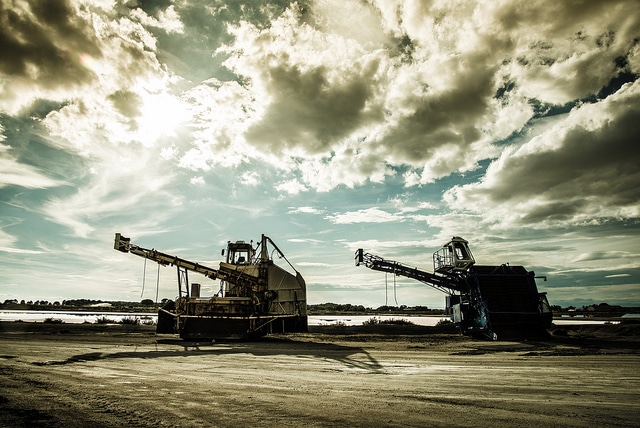
This tunnel allowed to reduce by three days the journey from Grenoble to Saluces, avoiding the Duke of Savoy, who controlled the Mont-Cenis. The caravans that linked Provence with Turin also gained up to three weeks of time compared to the south itinerary which forced them to go through Montgenèvre.
This tunnel was also used for military reasons. The Marquis himself used it to organize his escape to France. King Charles VIII of France with his army and artillery also made use of it to go to fight the Emperor Charles V.
After the annexation of the Marquisate of Saluzzo to the Duchy of Savoy the tunnel lost its strategic importance, alternating long periods in which it remained closed with sporadic openings until the Duke of Savoy ordered to obstruct it to not harm the commercial traffic in other areas.
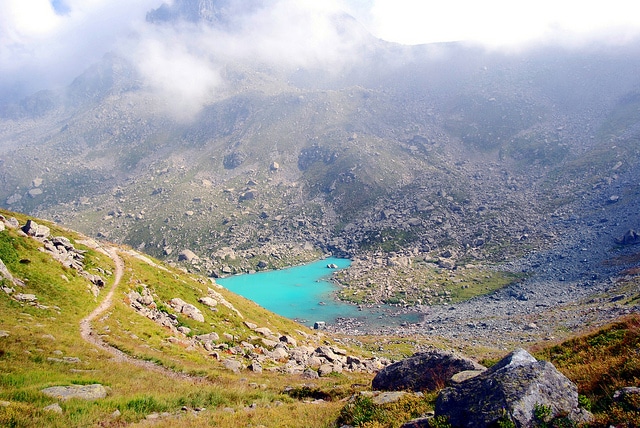
It was not until 1837 when, due to a growing migration to France, it was partially reopened on the initiative of Po valley inhabitants, but due to deterioration it was no longer possible to circulate with animals.
Buco del Viso opened permanently on August 25, 1907 thanks to funding from the Italian government. In 1998 they made again some remodeling work funded by the Rotary Club of Saluzzo, so the galleries were practicable again. After major reinforcement work, the tunnel was officially reopened on October 15, 2014.
To reach the tunnel you must go to near river Po’s source, 2,020 meters high, taking a path that leads to the summits delle Traversette; 800 mts of incline to be walked on a tour and takes from two to three hours (depending on how fast you walk).
Considering that when this tunnel was built they did not use explosives but pick and shovel, it is worth if you are in the area to approach and go about from beginning to end, isn’t it?
Photos: stefano principi, Valter Manetta, Didier Baetschinger.










